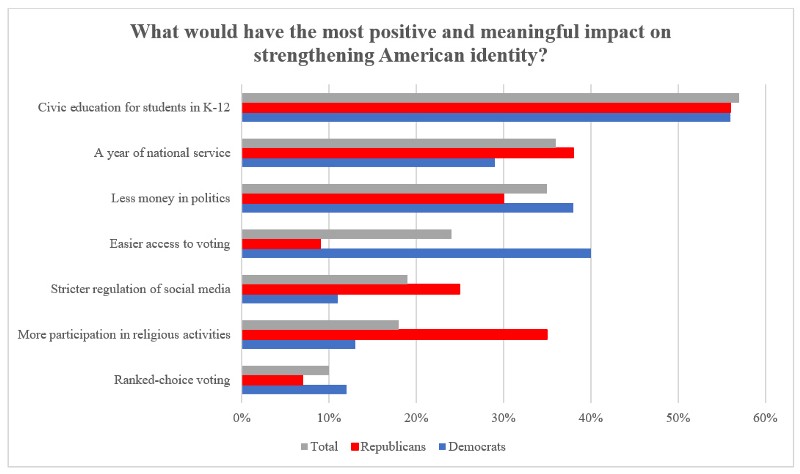
Putting it mildly, this has been a difficult election for most Americans. The fissures between us as a people have been torn wide open, and we’re more divided than we have been since the Civil War. But this election has, perhaps, been hardest on teachers.
In the lead-up to November 4th, we saw something that we’ve never seen before in the American school system. For many, the election became a topic that was simply too controversial to teach. Districts struggled with how to avoid backlash from parents concerned that political views may seep into the classroom, conflicts between students in a hyper-polarized climate, and simply triggering students with some of the ugliness on display during the election season. We heard from teachers across the country in red states and blue that their districts had instructed them to avoid teaching this election and heard from others that they opted out of teaching the election on their own.
“Even if you are objective, people aren’t understanding what you’re doing. Just saying Biden or just saying Trump can be seen as being political,” Karalee Wong Nakatsuka, a middle school US History teacher in Southern California, told The Washington just before the election in a hard-hitting story about the challenges teachers faced. (The full story digs deep into the issue — and prominently features voices from the CivxNow Coalition and the importance of our work right now.)
But the day after the election, the challenge for teachers got even harder.
On November 5th, most of us had a choice of either tuning into the cable news networks and hanging on every word until a winner was declared, or tuning out the noise completely. Yet tens of thousands of social studies teachers had no choice. They stood in front of their classrooms — physical or virtual — and had to answer difficult questions.
Shawn Healy, the Director of Robert R. McCormick Foundation’s Democracy Program and CivxNow Advisory Council member, captured the important role that teachers play right now as the trusted guardians of our democracy — and the challenge they have in keeping their own political views out of the classroom. In a recent blog, Healy takes aim at claims by President Trump on Constitution Day that left-wing teachers have been indoctrinating students with propaganda in classrooms, leading to civil unrest.
While the vast majority of teachers are comfortable showing students how to engage politically through voting, volunteerism, and staying up to date with the news, they are highly reticent to disclose their own party affiliation, candidate preferences, or political views. “Twelve percent of teachers and administrators I interviewed are ‘very candid’ in disclosing their views,” Healy writes, “But do so responsibly in my judgment, making space for students to disagree and creating a safe environment for classroom discussion.”
It underscores just how important it is that we as a Coalition keep working to help them answer this question, that we work across our different political and ideological lines and continue to push for a modern, robust, rigorous, and equitable civic education that can be the starting point for the civil conversations that we as a country need to have to move past this election and toward building a stronger democracy.


 See All
See All